



Copyright 2003 by Marvin Mondlin and Roy Meador
All rights to any and all materials in copyright owned by the publisher are strictly reserved by the publisher. No part of this book may be reproduced in any manner without the express written consent of the publisher, except in the case of brief excerpts in critical reviews or articles. All inquiries should be addressed to Skyhorse Publishing, 307 West 36th Street, 11th Floor, New York, NY 10018.
First Skyhorse edition 2019
Skyhorse Publishing books may be purchased in bulk at special discounts for sales promotion, corporate gifts, fund-raising, or educational purposes. Special editions can also be created to specifications. For details, contact the Special Sales Department, Skyhorse Publishing, 307 West 36th Street, 11th Floor, New York, NY 10018 or .
Skyhorse and Skyhorse Publishing are registered trademarks of Skyhorse Publishing, Inc., a Delaware corporation.
Visit our website at www.skyhorsepublishing.com.
10 9 8 7 6 5 4 3 2 1
Library of Congress Cataloging-in-Publication Data is available on file.
Cover design by Erin Seaward-Hiatt
Cover photo credit: Marvin Mondlin
Print ISBN: 978-1-5107-5255-9
Ebook ISBN: 978-1-5107-5256-6
Printed in the United States of America
To All Antiquarian Booksellers, PastPresentFuture, Who Find Homes for Old Booksand specifically to John Huckans, Editor of Book Source Magazine; Robert Lescher, Agent; Herman Graf, Publisher, who contributed to make this book a reality and share our gratitude.
CONTENTS

PREFACE
The Lore and Lure of Book Row
A successful bookseller is a man of infinite resilience, strong digestion, tolerance of odd people, and ability to breathe dusty air and crawl through cobwebs in search of the golden book.
LAWRENCE CLARK POWELL
 FROM THE 1890s the secondhand and rare book seekers favorite New York City for nearly eight decadesfollowed by two decades of slow declineencompassed a special area on and around Fourth Avenue, mainly south of Fourteenth Street and Union Square to Astor Place. Seven concentrated blocks on Fourth Avenue, plus a few side streets stretching west to Fifth Avenue and north to Twenty-third Street, supplied crowded sites for several dozen bookstores.
FROM THE 1890s the secondhand and rare book seekers favorite New York City for nearly eight decadesfollowed by two decades of slow declineencompassed a special area on and around Fourth Avenue, mainly south of Fourteenth Street and Union Square to Astor Place. Seven concentrated blocks on Fourth Avenue, plus a few side streets stretching west to Fifth Avenue and north to Twenty-third Street, supplied crowded sites for several dozen bookstores.
Book hunters and collectorsnationwide, worldwideknew the neighborhood during those decades as the New York Booksellers Row, or more often just Book Row. The booksellers, by design or destiny, craft or luck, settled in one of the citys most fascinating and felicitous communities, north of the financial district and the Lower East Side, south of Herald Square, midtown, and the theaters of Broadway. For many, in memory, it is still Book Row.
Book Row was within easy reach of the citys millions. Grace Church, where General Tom Thumb got married, stood at the heart of Book Row. Near Union Square a statue of Washington was named George the Veracious by O. Henry. At Joe Smiths Saloon, at Fourteenth Street and Fourth Avenue, actor Hugh DArcy was inspired to write The Face upon the Floor, about the demise of an artist from unrequited love and strong drink. When prohibitionists used his poem as a campaign song, DArcy said he would jump in the Hudson rather than help America go dry. His poem, he insisted, was an admonition to be kind to drunks. That suggests a good slogan for book lovers: Be kind to booksellers everywhere even if theyre not always nice, since what they sell is great. The fine Shakespearian words Enobarbus used for Cleopatra also fit booksellers from Fourth Avenue to wherever: Age cannot wither them, nor custom stale their infinite variety.
Fourth Avenue bookshops came in a variety that approached the infinite, from narrow, hole-in-the-wall crannies to multistory buildings with sagging floors creaking from the weight of their volumes. Many shops were fronted by stalls and bins outside on the sidewalk with thousands of bargain books enticing pedestrians to pause, browse, and often enter. Early in World War II, when New York City officials for murky reasons sought to ban sidewalk book stands, Book Row dealers took a pioneering step and formed their historic Fourth Avenue Booksellers Association to take arms against the citys unreasoned and unreasonable edict. It wasnt that Book Row didnt want to cooperate patriotically with the war effort. The dealers there were proud, along with their peers, when President Franklin D. Roosevelt on May 6, 1942, sent American Booksellers at their associations annual banquet this statement:
I have been a reader and buyer and borrower and collector of books all my life. It is more important that your work should go on now than it has ever been at any other time in our history: in a very literal sense you carry upon your bookshelves the light that guides civilization... books never die. No man and no force can abolish memory. No man and no force can put thought in a concentration camp forever. No man and no force can take from the world the books that embody mans eternal fight against tyranny of every kind. In this war, we know, books are weapons. And it is a part of your dedication always to make them weapons for mans freedom.
On Book Row they liked the sound of that. But along with appreciation, Book Row being Book Row, there were no doubt rivulets of cynicism about the citys bureaucratic sidewalk fanatics, concern about sales to cover the rent, and the chronic aches and pains that daily beset every small business. In his January 1, 1944, Trade Winds column for the Saturday Review of Literature, Bennett Cerf wrote about a bookstore that prosperity passed by. One partner said, I cant understand it. Here we go busted, and only yesterday I read where President Roosevelt was saying that business was never better. The other partner said, Maybe Roosevelt had a better location than ours! That has an unmistakable Book Row flavor.
Movie director Robert Benton, in Bookstore (1999), by Lynne Tillman, called working in a bookstore one of the greatest jobs he ever had, but he admitted lacking the courage to run one: The people who run these small bookshops, its heroic. Again, in thought we dash back to Fourth Avenue, and memory revisits Book Row.
The booksellers who congregated on Book Row were colorful, charming, crotchety, impossible, delightful, dense, brilliant, unpredictable, standoffish, friendly characters. Take a barrel of adjectives, and all will apply to those remarkable booksellers. Writer Fran Lebowitz in a wry comment for Bookstore seasons criticism with affection for them as a group: Remember Fourth Avenue when they had all the secondhand bookstores? You had to beg those guys to sell you a book. You had to scream and yell to get their attention because they were reading. You remember those old grumpy horrible guys? You would say, How much is this? Theyd grumble, I dont know. Put a figure on it.
Next page
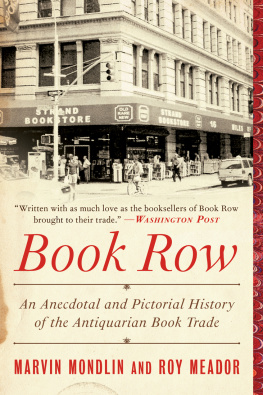
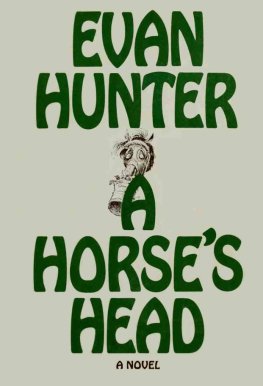
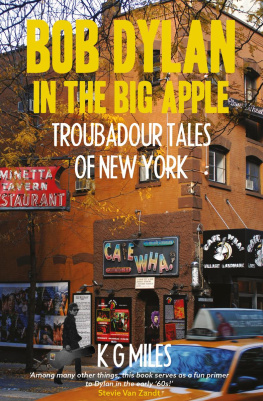

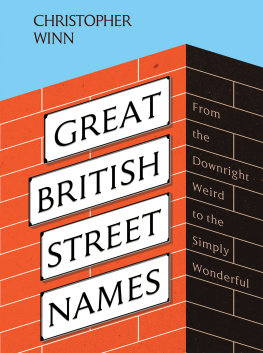
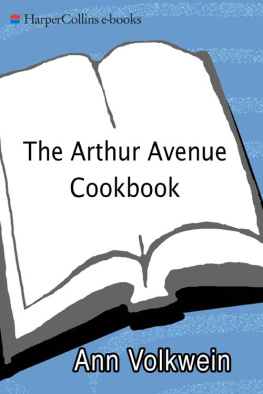
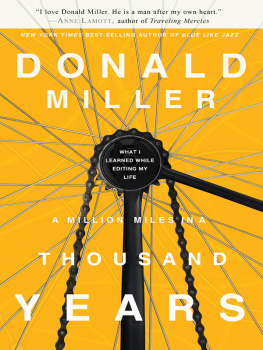
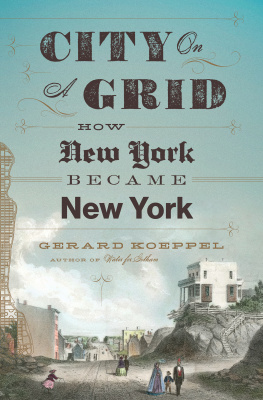
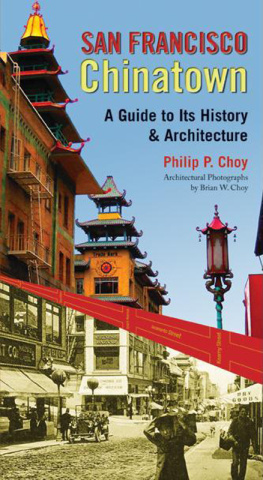
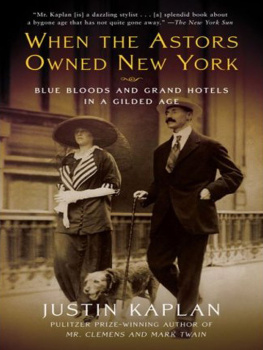





 FROM THE 1890s the secondhand and rare book seekers favorite New York City for nearly eight decadesfollowed by two decades of slow declineencompassed a special area on and around Fourth Avenue, mainly south of Fourteenth Street and Union Square to Astor Place. Seven concentrated blocks on Fourth Avenue, plus a few side streets stretching west to Fifth Avenue and north to Twenty-third Street, supplied crowded sites for several dozen bookstores.
FROM THE 1890s the secondhand and rare book seekers favorite New York City for nearly eight decadesfollowed by two decades of slow declineencompassed a special area on and around Fourth Avenue, mainly south of Fourteenth Street and Union Square to Astor Place. Seven concentrated blocks on Fourth Avenue, plus a few side streets stretching west to Fifth Avenue and north to Twenty-third Street, supplied crowded sites for several dozen bookstores.